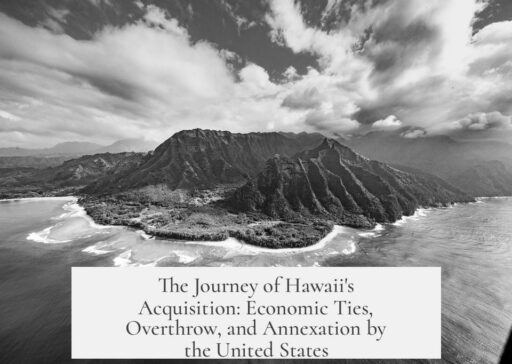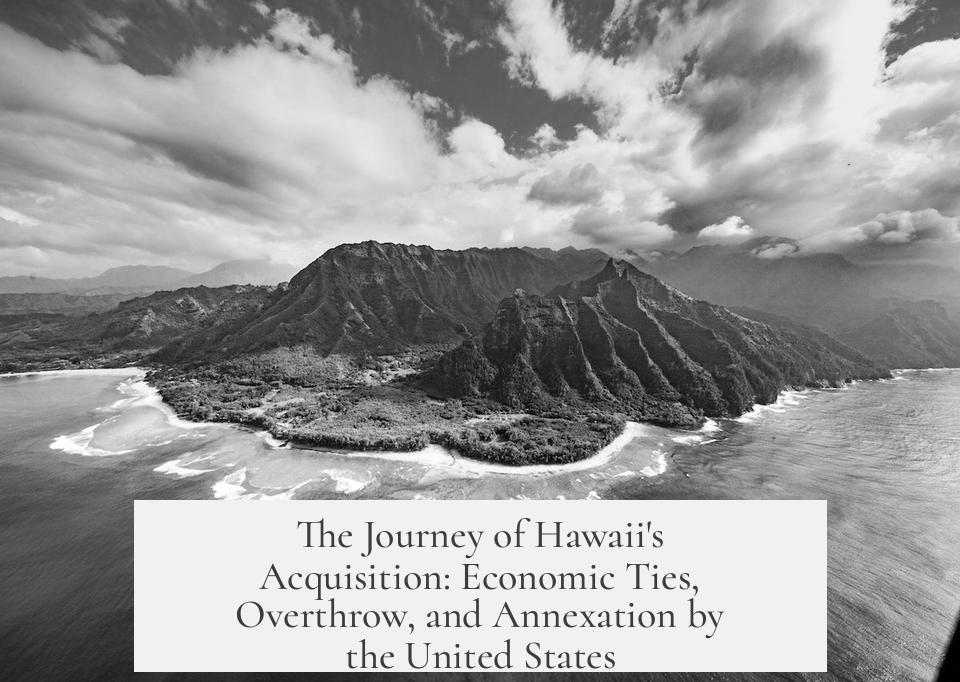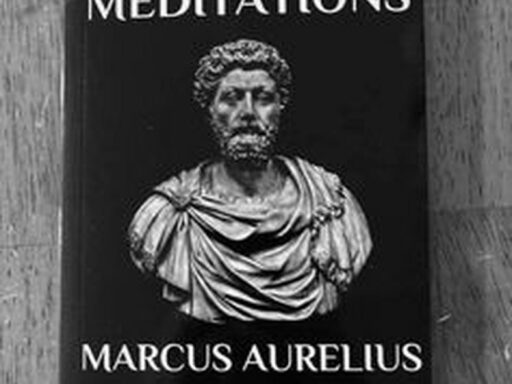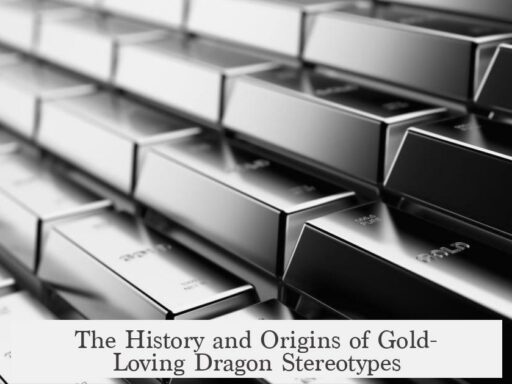The United States acquires Hawaii through a complex process involving economic ties, political pressure, and military intervention, culminating in annexation in 1898 after the overthrow of the Hawaiian monarchy.
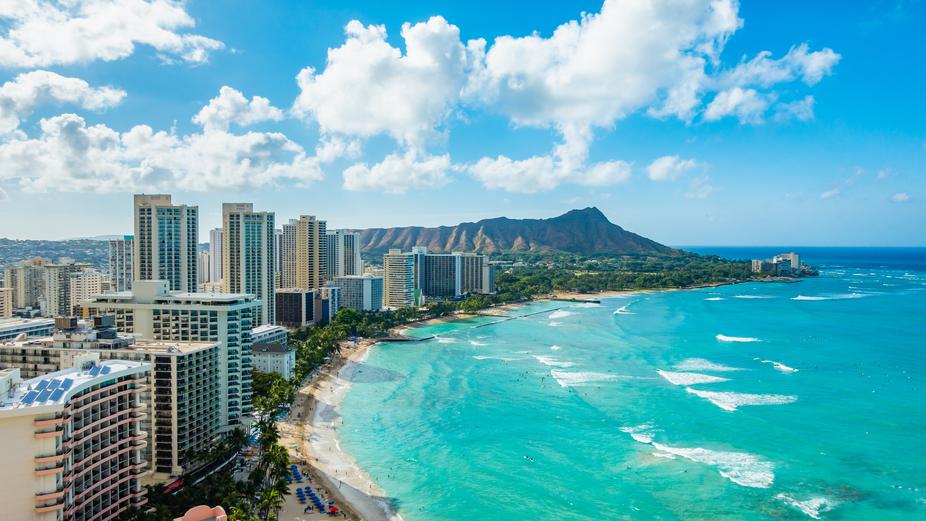
Hawaii starts as an independent Kingdom in the late 1800s, ruled by King Kālakaua. The islands maintain close economic relations with the U.S., especially regarding sugar exports. A key treaty from 1875 allows Hawaiian sugar to enter the U.S. duty-free, giving Hawaii a crucial economic edge. This treaty’s renewal in 1887 becomes a turning point. The U.S. wants a naval coaling station at Pearl River Lagoon (now Pearl Harbor), but King Kālakaua resists this demand.
Business interests in Hawaii, mainly from descendants of American missionaries, grow anxious about losing their economic advantages if tariffs return. To protect these interests, a group of these businessmen forces King Kālakaua to accept a new constitution under threat. This “Bayonet Constitution” shifts voting rights towards property owners, disenfranchising many native Hawaiians and empowering American and European businessmen. Importantly, it grants the U.S. Navy access to Pearl Harbor, meeting one of the American demands.
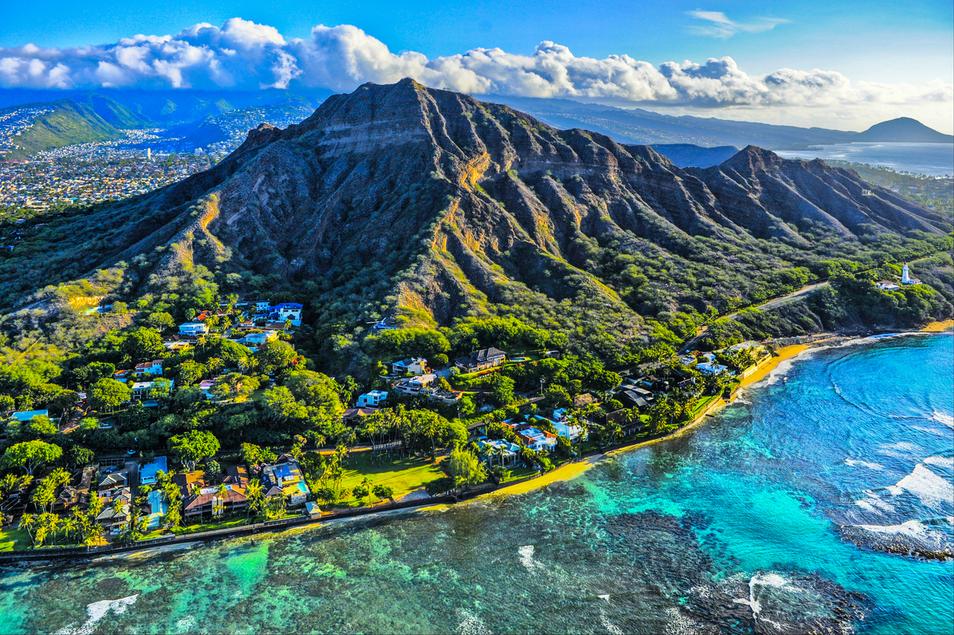
In 1890, the U.S. repeals tariffs on sugar, damaging Hawaii’s economy. The American sugar entrepreneurs conclude that permanent prosperity requires Hawaii to become part of the U.S. This leads to action against Queen Liliʻuokalani, who seeks to restore royal powers lost under the Bayonet Constitution. On January 14, 1893, the Committee of Safety, a group of these businessmen, stages a coup.
The coup receives covert support from John L. Stevens, the U.S. Minister to Hawaii. He orders U.S. Marines to land in Honolulu, ostensibly to protect American lives and property but effectively to support the coup. Facing this pressure, Queen Liliʻuokalani yields her authority to avoid bloodshed, effectively ending the Hawaiian monarchy.
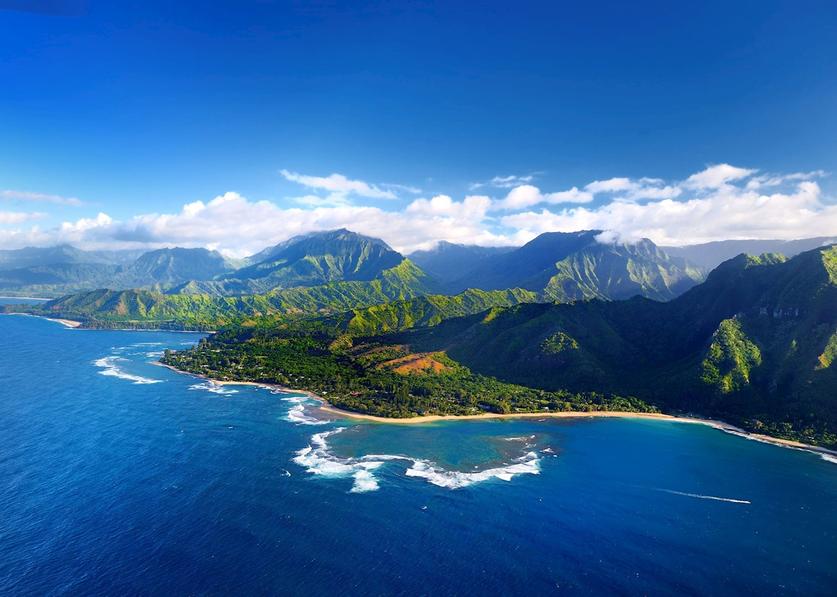
The coup raises questions about U.S. complicity. President Grover Cleveland commissions James H. Blount to investigate. The Blount Report concludes the takeover lacked broad popular support and that American troops helped make the overthrow possible. Contrarily, a Senate inquiry produces the Morgan Report, which blames the Queen’s resistance rather than U.S. officials.
For five years, Hawaii remains a disputed territory with no formal annexation. President Cleveland opposes annexation, but political tides shift when William McKinley becomes president in 1897. The strategic importance of Hawaii intensifies after the outbreak of the Spanish-American War in 1898. The islands serve as a vital naval base and supply point for U.S. forces in the Philippines. This reason alongside economic interests persuades Congress to approve annexation.
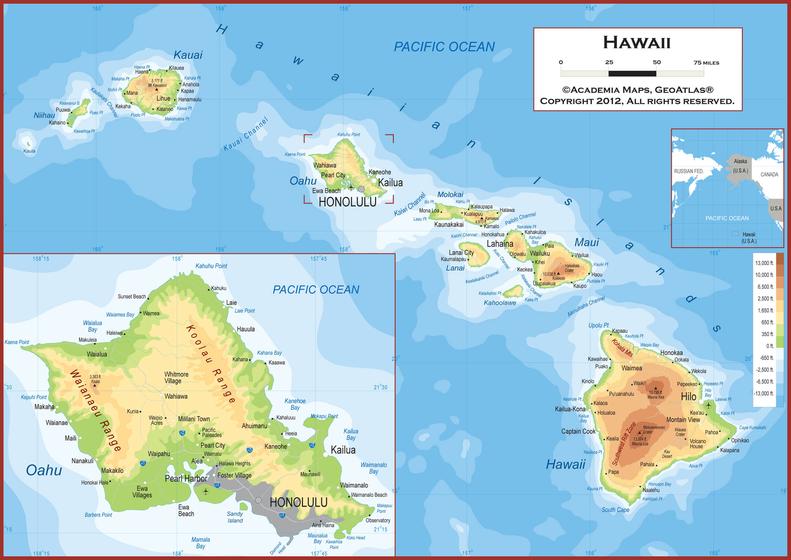
Despite tens of thousands of Native Hawaiians signing petitions (Kuʻe petitions) opposing annexation, Hawaii becomes an official U.S. territory on July 7, 1898. This transition marks the end of Hawaiian sovereignty and the beginning of its integration into the United States.
Almost a century later, in 1993, President Bill Clinton signs the Apology Resolution. The U.S. government formally acknowledges and apologizes for its role in the overthrow of Queen Liliʻuokalani. This apology is symbolic and does not include reparations or legal restitution.

| Year | Event |
|---|---|
| 1875 | Treaty allowing Hawaiian sugar duty-free access to U.S. markets |
| 1887 | The Bayonet Constitution limits monarchy power; grants Pearl Harbor access |
| 1890 | U.S. repeals sugar tariffs, harming Hawaiian economy |
| 1893 | Queen Liliʻuokalani overthrown with U.S. military support |
| 1898 | Hawaii annexed by the United States |
| 1993 | Apology Resolution signed by President Clinton |
- The Kingdom of Hawaii has strong economic ties with the U.S., centered on sugar exports.
- The Bayonet Constitution reduces Hawaiian sovereignty and favors American business interests.
- The overthrow of Queen Liliʻuokalani in 1893 is backed by U.S. diplomatic and military forces.
- Annexation in 1898 is influenced by strategic military needs during the Spanish-American War.
- The U.S. formally apologizes for its role in the overthrow, but offers no reparations.
How did the United States acquire Hawaii?
The United States acquired Hawaii through a blend of economic interests, political pressure, an orchestrated overthrow, and strategic military considerations, culminating in annexation in 1898. The story behind this acquisition isn’t just politics; it’s a cocktail of sugar, power plays, and international strategy, shaken—not stirred.
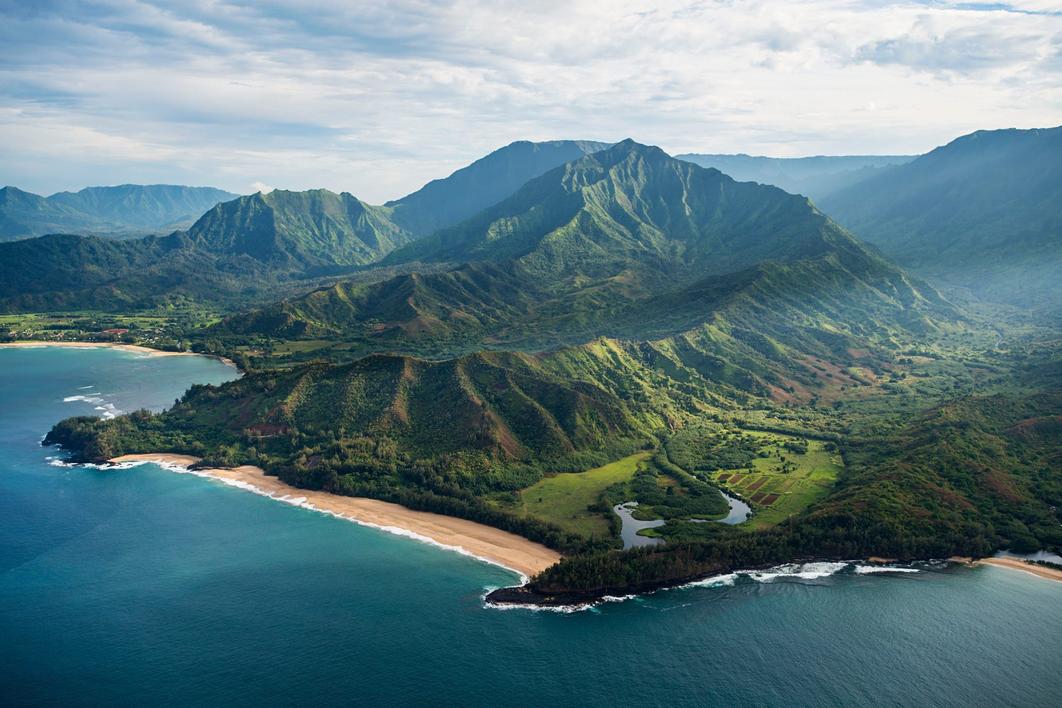
Let’s unpack this fascinating episode that transformed Hawaii from a sovereign kingdom to the 50th U.S. state.
A Sweet Start: Economic Entanglement with the Kingdom of Hawaii
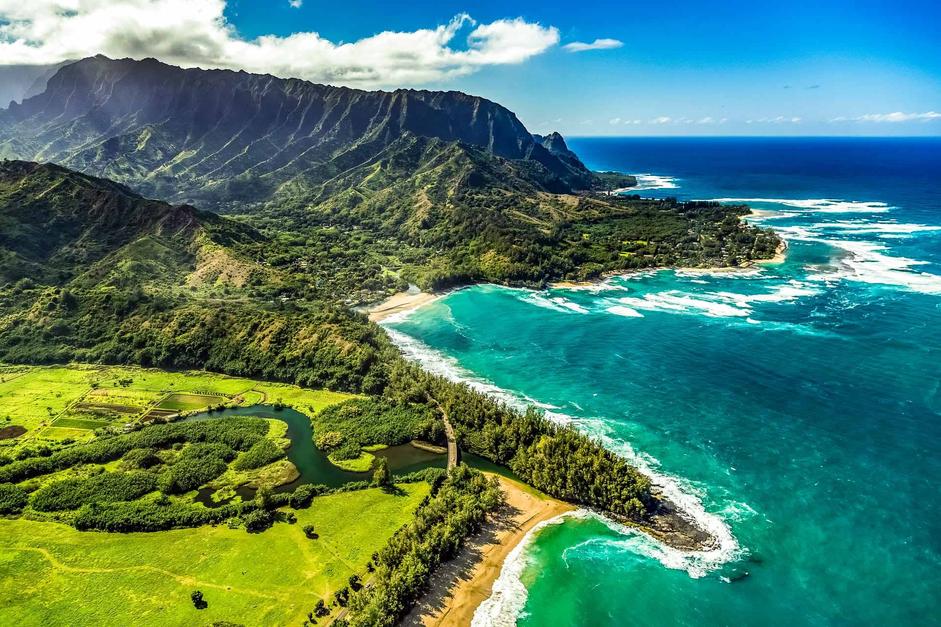
Back in the late 1800s, Hawaii was an independent kingdom ruled by King Kālakaua. While it had its own monarchy and government, the U.S. was deeply entwined economically, especially through sugar. Under an 1875 treaty, Hawaiian sugar entered U.S. markets tariff-free. That’s like having VIP access at a club — huge advantage for Hawaiian sugar growers and, of course, American buyers.
However, the treaty required renewal in 1887, and the U.S. had bigger ambitions than just sugar. They pushed for Hawaiian use of the strategically located Pearl River Lagoon (now Pearl Harbor) as a coaling station for navy warships. King Kālakaua wasn’t having it. He wasn’t keen on handing over a slice of sovereignty for some steamship fuel stops. What happens when economic ties get messy with politics? Trouble.
The Bayonet Constitution: When Kings are Pressured with a Gun
Enter the Bayonet Constitution, a name that already sounds a bit ominous. A group of white businessmen, many descended from missionaries, didn’t want the tariff loophole to close and decided to flex some muscle. Armed and determined, they stormed the royal palace and forced King Kālakaua to sign a new constitution, known aptly as the Bayonet Constitution.
This constitution curbed the monarch’s powers and restricted Hawaiian voting rights, favoring property owners—mostly these businessmen. Suddenly, a small elite had political sway, and King Kālakaua had to give the U.S. the Pearl Harbor access it craved. So, what started as an economic tug turned into political control through coercion. Hawaii was stepping onto a slippery slope.
The Overthrow of Queen Liliʻuokalani — The Coup that Changed Hawaii
When Queen Liliʻuokalani took the throne, she sought to restore Hawaiian sovereignty and reverse the Bayonet Constitution’s restrictions. But by 1890, the U.S. had abolished sugar tariffs altogether, removing the economic need for Hawaii as a favored trading partner. Hawaiian sugar barons panicked—they knew they needed U.S. annexation to keep their profits afloat.
On January 14, 1893, a group named the Committee of Safety—primarily these businessmen and planters—launched a coup against Queen Liliʻuokalani. With the help of the U.S. Minister to Hawaii, John L. Stevens, who ordered U.S. Marines ashore “to protect American interests,” the queen’s government quickly crumbled. It looked like the U.S. was backing this overthrow, and the queen, overwhelmed, surrendered.
U.S. Investigations: Truth or Convenience?
After the coup, the U.S. wasn’t exactly quick to claim responsibility—quite the opposite. President Grover Cleveland launched the Blount Report to investigate. The findings? This overthrow had little local support and depended heavily on U.S. military involvement.
Not everyone agreed though. The Senate conducted its own inquiry, resulting in the Morgan Report, which blamed the queen for poor leadership and cleared the U.S. agents. So, which was real? Both shaped the politics that followed. This tug-of-war shows how history can twist viewpoints depending on who’s writing it.
Annexation at Last: Strategy Over Sovereignty
The debate in Washington dragged on. The Hawaiian people, fiercely opposed to annexation, organized the Kuʻe petitions—thousands signing to retain their independence. Unfortunately, political calculations overshadowed these efforts. When William McKinley became president in 1897, global circumstances nudged annexation forward. Why? The Spanish-American War had erupted, and Hawaii offered a crucial resupply point for U.S. forces headed to the Philippines.
In 1898, annexation happened despite Hawaiian protests. Sense of Manifest Destiny and military strategy trumped a smaller kingdom’s voice.
A Contested Legacy and an Apology
Almost a century later, in 1993, the U.S. government officially apologized through the “Apology Resolution,” acknowledging the wrongful role in Queen Liliʻuokalani’s overthrow. Although symbolic without reparations, it recognized that Hawaii’s path into the union had dark undertones often glossed over in textbooks.
Why Does This History Matter Today?
Understanding how the U.S. acquired Hawaii sheds light on bigger questions. Can economic interests justify political meddling? How do military strategies impact sovereign nations? Are treaties and contracts inviolable, or simply tools for power plays?
Looking back, it’s clear the U.S. acquisition was less about mutual agreement and more about convenience driven by profit, pressure, and war strategy. The Hawaiian people’s voice was sidelined repeatedly—through the Bayonet Constitution, the overthrow, and eventual annexation.
What Can We Learn?
- Economic leverage can lead to political control. The treaty system began as trade benefits but culminated in sovereignty loss.
- Legal documents can mask coercion. The Bayonet Constitution was a ‘legal’ way to disenfranchise Hawaiians.
- Military power influences politics. U.S. Marines played a silent but decisive role in the overthrow.
- Public opinion and petitions don’t always sway governments. Despite the Kuʻe petitions, annexation proceeded.
- Historical acknowledgment is vital. The 1993 apology reminds us to confront uncomfortable truths.
So, next time you visit Hawaii’s stunning shores or hear its history, remember the complexity beneath its beauty and why its journey to becoming a U.S. state was anything but simple. It’s a tale of sweet sugar deals turned sour political intrigues with echoes that reach into today’s discussions on sovereignty and justice.
Curious to read the Kuʻe petitions yourself? They’re a powerful reminder that history is shaped not just by leaders but by the people who resist and speak up.
How did the Bayonet Constitution affect Hawaiian sovereignty?
The Bayonet Constitution of 1887 was forced upon King Kālakaua by armed businessmen. It restricted voting rights to property owners, reducing the political power of native Hawaiians and increasing influence of white businessmen. It also gave the U.S. use of Pearl Harbor.
What role did the U.S. military play in the overthrow of Queen Liliʻuokalani?
In 1893, the U.S. Minister ordered Marines to land in Honolulu, appearing to support the Committee of Safety’s coup. This presence pressured Queen Liliʻuokalani to abdicate, effectively ending the monarchy.
Why did the United States decide to annex Hawaii in 1898?
The U.S. annexed Hawaii mainly for strategic reasons during the Spanish-American War. Hawaii served as a supply base for forces in the Philippines. Political support also grew under President McKinley despite opposition from many Hawaiians.
What did the Blount Report conclude about the overthrow?
The Blount Report found the overthrow lacked popular support and was successful only due to U.S. military intervention. It criticized American involvement and questioned the legitimacy of the Committee of Safety.
What was the significance of the 1993 Apology Resolution?
President Clinton’s Apology Resolution acknowledged the U.S. role in the illegal overthrow of the Hawaiian monarchy. It was symbolic and did not include any reparations or legal consequences.
